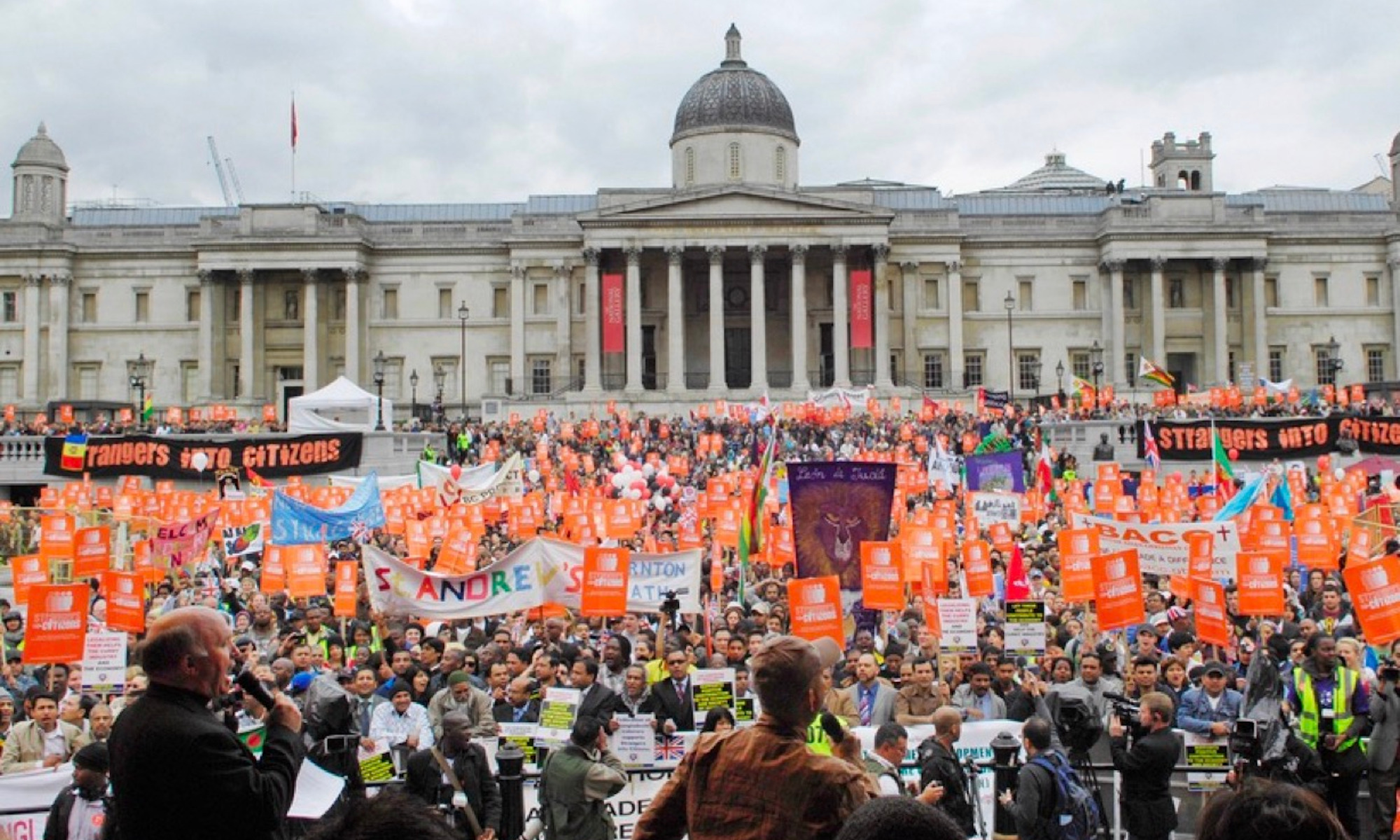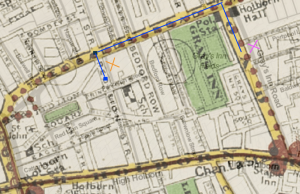
You have to keep your wits about you, strolling up Tottenham Court Road on a Tuesday. The horses and carriages that pummel the cobblestones of this long arterial street are the most deafening of all the noises you hear; everyone seems to be in a rush to catch their train from Euston back up to Birmingham, wanting to make the five-hour trip in the hazy sunlight of this warm May morning, and arrive home before it gets too dark. The street peddlers give the carts a run for their money, though, flogging their vegetables outside Mortimer Market in high-pitched screeches, before running to evade the bobbies charged with disbanding such unruly conduct.
Strolling up from Oxford Street, the first thing you smell is the whiff of porter from Meux’s Brewery (the smell is delicious, but you’re hoping the walls of the brewery don’t explode like they did in 1814 with the London Beer Flood). The intellectual types pour out from Great Russell Street, seeking their midday repast after a morning among the books at the British Library and the wondrous sculptures of the Parthenon at the British Museum. They dive into Lansdall’s, the baker’s, (and no doubt will try their luck at the brewery afterwards), but you carry on up past Danks’s carpet warehouse and stroll northwards. A gorgeous piece of china catches your eye in Moore and Co, so you end up spending a good twenty minutes perusing the furniture from across the world before negotiating a good deal on the teacup you saw in the window as you passed by.

By this point you’re quite tired, so you jump into Leopard Coffee House on the corner of Francis Street for a quick drink but end up whiling a couple of hours away in a good game of whist. There are all kinds of curiosities along Tottenham Court Road – baskets, boots, silk, pans, iron kettles and more are for sale, as you continue on your walk up the street. It’s not quite as flashy as Regent Street, but it has all manner of products for the discerning consumer. Indeed, every now and then, you’ll hear a baker or a confectioner offering a sample of their wares. Up near the top end of the street, you catch a glimpse of University College’s vast dome and its domineering portico, and can’t help but be inspired by these architectural feats on offer in this temple for learning.


